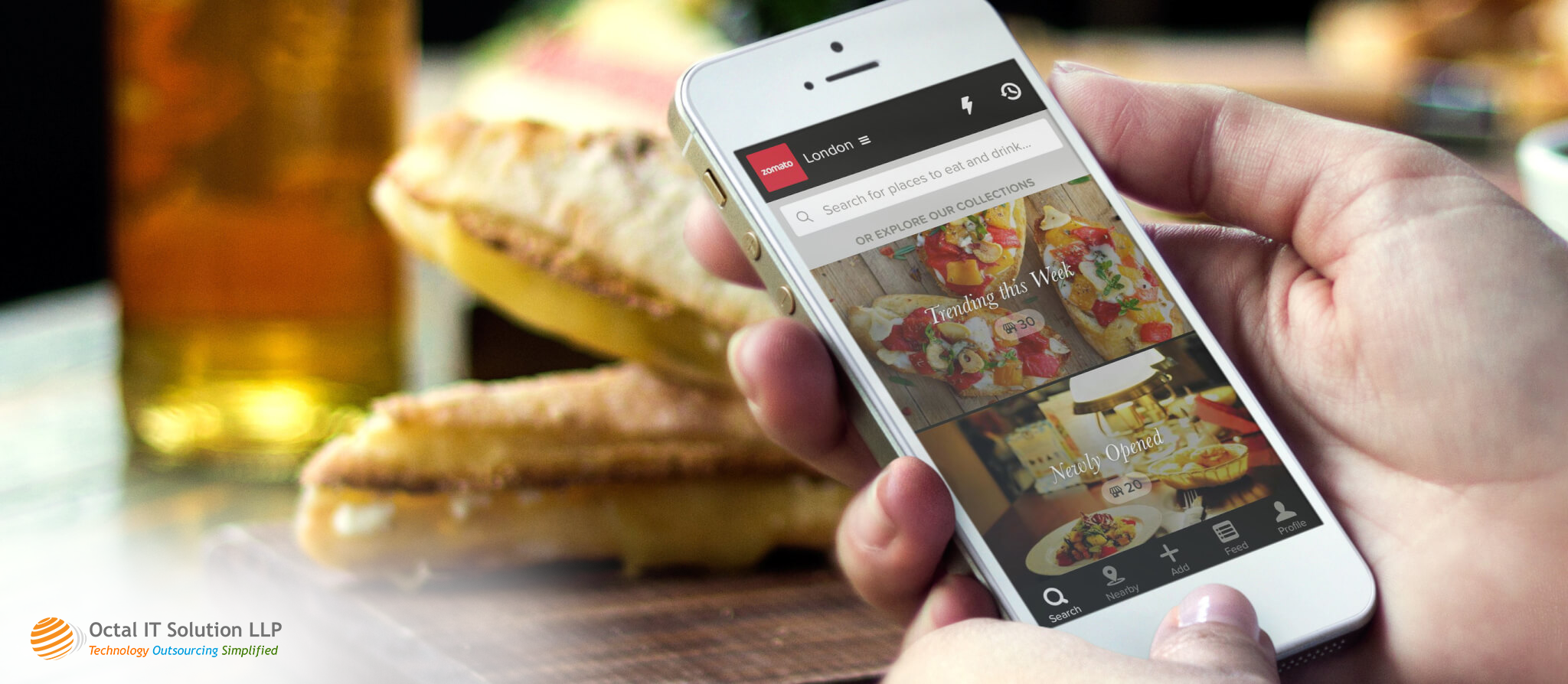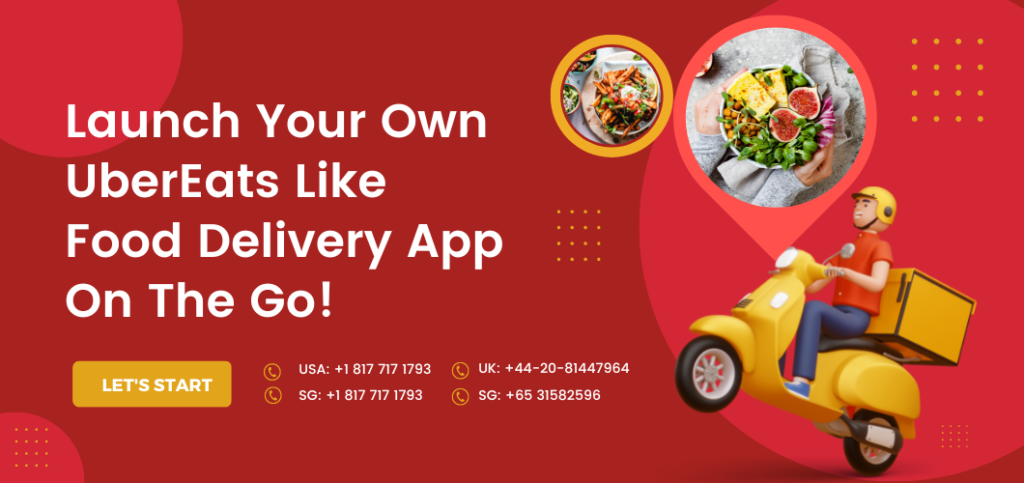Gone are the days when you used to cook meals for your lunch and carry them in a lunch box with you to work. With work tasks multiplying and long working hours, it has become very difficult for a person to keep up with the household chores along with the office work. This is why online food delivery businesses like Zomato have flourished so much. Almost all smartphones in the country have the food application downloaded. It is the easiest solution to control your hunger pangs and get food delivered in any corner of the country.
The meal delivery applications are not too old, but they have gained widespread popularity and people are drawn towards monthly or annual subscriptions. It is not just the restaurants where you can order food from, Zomato also sells home-cooked food from small restaurants which are more favored by the people.

Zomato’s delivery business has pushed the revenue generated to $206 million in FY19. The major factor that contributed to this three-fold jump is the delivery business along with the spending made on promotional marketing and its first-to-market strategy. They have overpowered the food delivery applications, outstanding the strategies of the others. The company has minutely looked at every detail of its unit economics to achieve this target.
Here’s how Zomato earns
- The app offers lucrative discounts to the customers, which brings in discount seekers to this platform.
- Out of the orders received through the app, less than 2% of these orders are delivered by Zomato itself, while 27% are delivered by the restaurants. Orders delivered by the restaurants are termed as Type A orders, while the others are called Type B orders.
- They have a variable commission rate paid to them by the restaurants. This is decided by the customer’s experience. The better the experience, the lower the commission paid. Here is a detailed solution for the same:
Type A orders, commission – AOV * Take Rate = Rs 480 * 8.2% = ~Rs 40 Type B orders, commission – AOV * Take Rate = Rs 375 * (8.2% + 10%) = ~Rs 68
The above-mentioned math means that Zomato has Rs. 40 and Rs. 68 respectively as their gross margin on average. Let’s take a look at other costs incurred by the application:
Cost of delivery
The delivery cost includes the salaries paid to the delivery personnel, the equipment used by them and the vehicles that are used while delivering an order. Apart from this, there are training and administrative costs that are incurred in training the delivery boys. There are times when the inflow of orders is relatively high, that is when new delivery staff is roped in, however, the delivery partners like Delhivery and Grab are cost-efficient during lean time as they can cater to other businesses during that time.
Also Read: How Much Does it Cost to Develop Food Delivery Apps Like Zomato
Processing and support cost
The first and foremost cost to be considered while talking about the processing and support cost is the cost incurred by telco. The data fee is high as all orders are accepted online, after which the message is transmitted to the restaurant. There are times when the restaurants are unable to accept orders because of the weak signal, that is when the Zomato staff gives a call to these restaurants and shares the details of any order with them. The support team, which looks are the complaints and grievances of the customers is another cost incurred by the application. When it is a type A order, the customer gets in touch with the restaurant and the delivery guy, it is a two-way conversation. In the case of a Type B order, the customer gets in touch with the restaurant and then the delivery guy.
Customer acquisition cost
Money spent in marketing is the cost incurred on each customer that is coming and ordering food through the app. It is upon you to decide how much money you want to spend on marketing and in acquiring each customer, this also decides the pace at which the orders are placed.
Fixed cost
Some costs stay put to the business including the cost incurred on the staff, sales team, marketing experts, business analytics, etc.
Things to consider before getting into the food delivery business
Starting a food delivery business is easy these days as people are gradually moving from going out to the restaurants to ordering food from the leisure of home. However, not every business can be as successful as the Gurugram based Zomato. Studying the market and researching the likes and dislikes of the customers is very important. If you are looking forward to setting up your enterprise of a food delivery business this year, here are some points you must consider:
- Research the target market: As we do for any other business, this sector also requires an equal amount of research. You must know what sect of people you are going to target and what are their needs. Also, you will have to determine their meal priorities, for instance, if it is for students, you will have to contact restaurants that serve light snacks, in case of office goers, you will have to get in touch with restaurants providing full meals and similarly research for the residents of the societies and cities.
- Get your capital together: The food delivery business doesn’t just start overnight. There needs to be ample capital and materials before launching the app in the market. The most important material required initially are the following:
- Meal containers and disposable utensils for delivery. Since plastic is banned now, consider cardboard meal containers.
- Big containers for storing food after it has been prepared.
- Big pans and other pots in which you cook a large number of meals for the customers.
- Business plan: even if you feel that you are starting a business on a very small scale, there are a lot of things to be kept into consideration. Make a business and a meal plan that figure out if you will get good returns on the investment made by you. This should include things like the cost of selling the food, per meal and location; money spent on the ingredients labor expenses and gas expenses. After considering all this, if your income is more than the expenses, it means the business is proving to be beneficial for you.
- Marketing strategy: If you haven’t thought about it yet, it is time you give it some time. Every business has a marketing strategy, without which it can’t give others competition and can’t even make its clients. There are several platforms through which you can advertise your business, like, positive word of mouth, digital marketing, and advertising and getting flyers printed which are distributed in the neighborhood along with the newspapers.
- Licenses: Each business needs a permit from the concerned department, therefore, it is necessary to complete all these formalities at the earliest. From tax permits to sanitary permits and food handling permits, everything should be covered well in advance. Seeking a permit is important for the customers to vest their trust in you.
Recommended Read: Grocery Delivery App Development Company
Conclusion
Zomato has succeeded as a food delivery business in very little time and has taken the industry by storm. Although many new entrants have thronged the market, nothing has been capable enough to beat Zomato. The business has made huge profits in the large financial year, but there have been a lot of things that have been kept in consideration while serving their clients to achieve the position they are in today. It has not been a cakewalk for them to be on top of the list of food delivery businesses. To build a custom food delivery app you can hire the best food delivery app development company.





















